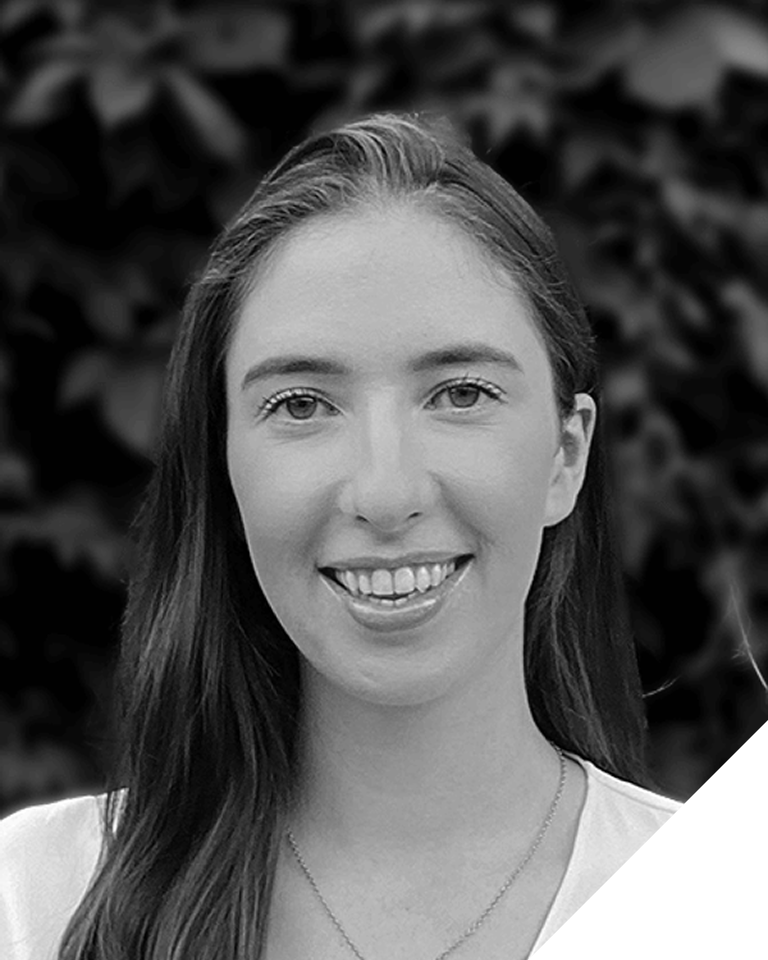Tech Takeover In The Built Environment: COP28 Green Zone Takeaways
The Buildings Breakthrough, an initiative unveiled during COP28, garnered pledges from 27 countries (including big emitters China and the US) to establish near-zero emission and climate-resilient buildings as the standard by 2030. While a significant stride for the sector, the practical implementation of this commitment remains a crucial concern. Fortunately, amidst the government pledges, policy formation and international negotiations taking place in COP28’s blue zone – a UN-managed space for delegates – organizations in the green zone were showcasing breakthrough climate innovations and advanced technologies to facilitate this new standard. This space saw panels and presentations from leaders at Arup, EY, HSBC, IBM, Knight Frank, Schneider Electric, Sidara and WGBC. Here are the key takeaways:
- Digitize the construction sector to lower emissions.
The construction industry’s slow adoption of digital practices and resistance to change have created a gap in a building’s digital life cycle. While design leans on tools like building information modelling (BIM) and operations teams utilize IoT solutions and BMS, the construction phase often disrupts digital continuity. This results in information loss and missed opportunities for optimization – opportunities that are necessary for environmental impact minimization. COP28 panellists revealed that transitioning to digital fabrication and off-site construction was a potential solution to achieve this connected pathway, enhance construction accuracy, and reduce material and resource wastage on site.
- Prioritize the re-use and retrofit of existing building stock.
80% of the buildings we have today will still exist in 2050. Consequently, decarbonizing existing stock is a crucial focus for both the private sector and governments. Energy-efficient and low embodied carbon retrofits will play a pivotal role in the journey towards net zero. Strategies discussed at COP28 include improving the thermal properties of building fabric using insulation and airtightness techniques. Incorporating building technologies – such as renewable energy integration through solar panels, upgrading to energy-efficient HVAC and lighting systems, and deploying energy management software to adjust settings and optimize performance – will be other key strategies.
- Utilize AI to accelerate environmental impact reduction.
AI is increasingly being integrated into various facets of the built environment technology landscape to enhance building efficiency, automate routine processes and facilitate faster decision-making. For instance, AI is being employed to analyse large quantities of energy consumption data across buildings and portfolios to identify patterns, anomalies and energy reduction opportunities. In addition, AI-powered digital twins are using machine learning algorithms to automate control systems and to predict and pre-empt equipment performance issues by learning from past failures. COP28 presenters highlighted that AI should not be perceived as a threat to job security but rather as an avenue for the real estate sector to dedicate more time to high-level tasks related to their sustainability strategies.
To learn more about the innovative technologies helping to decarbonize the built environment, check out our blog Building Retrofitting Gathers Momentum As A Fundamental Enabler For Decarbonization and report Verdantix Practical Applications Of AI In Smart Buildings.
About The Author

Amelia Feehan
Manager, Advisory Services





